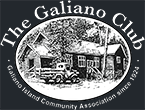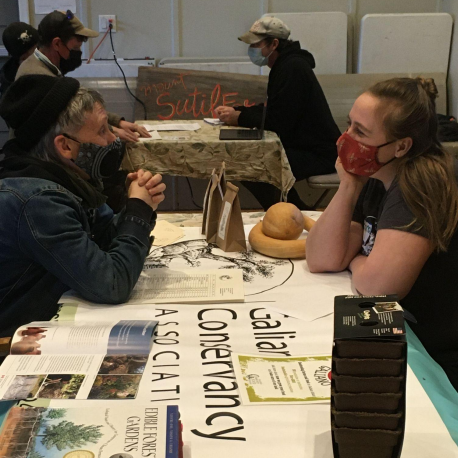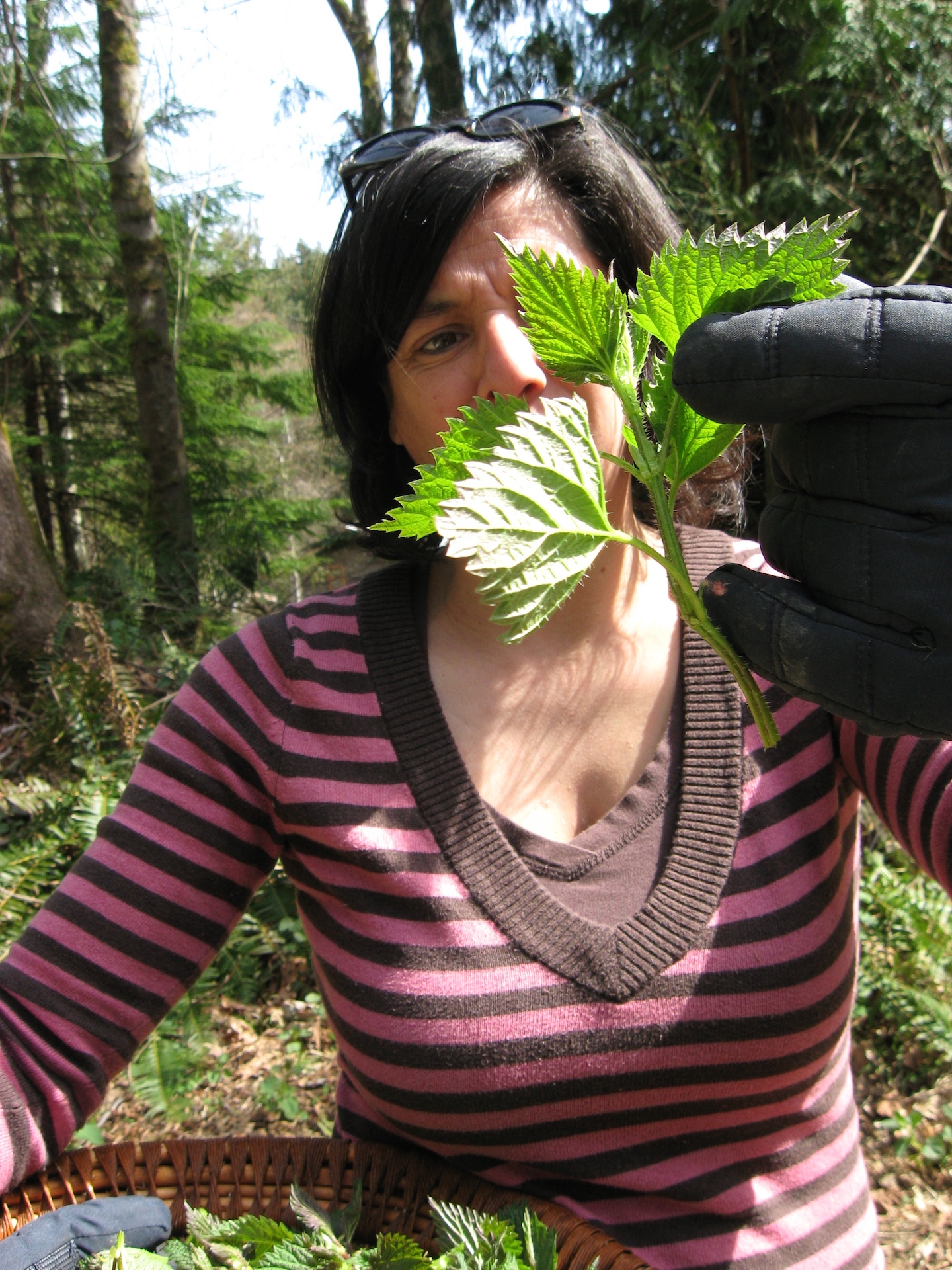In the summer of 1975, an experiment in alternative community living came to an end when Rawluk’s farm on Burrill Road was sold. Left behind were beautiful organic gardens, a woodworking shop, a main house and the small cabin-homes that had been restored by a group of young people with dreams of living simply and well, away from cities and rush hour. One of those young people now found himself reading tarot cards in a small mystical arts boutique on 4th avenue in Vancouver that summer. He also watched carefully as “The Community Produce” truck from Seattle unloaded cases of organic fruit and vegetables on its weekly run to the Naam Restaurant across the street. Lony was putting together a plan that would eventually bring him back to Galiano.
“I wanted to be able to eat organic food on a regular basis, and I thought we could grow most of the food that was being brought in from the States, connect with organic farmers here and do the distribution as Canadians … the seed for this was a ‘micro food system’ that we had created at Primal Point”.
On Galiano, from about 1969 to 1975, many newcomers — travellers, war resisters, seekers and back-to-the-landers — lived in small communal arrangements the length of the island. Instrument-makers gathered at SeedPod’s geodesic domes and teepees on Georgeson Bay Road; Stanley Jackson invited poets, musicians and artists to live at Sutil Lodge’s cabins in Montague Harbour; a young family farming 10 acres on Morgan Road offered free space for others to join them; fishers and their families arrived in Coon Bay each summer for many months’ stay in their rustic ‘camp-shacks’; someone bought Cook’s farm 160 acres ‘on a vision’.
“And then there was Primal Point, where the focus was food, mostly — grown by us or supplied by off-island organic farms and suppliers and brought to the island by our Good Life food co-op. It was a very social arrangement. Once a month, friends and neighbours gathered in the living room of the main house to collect their food orders … and to discuss events in ‘the movement’, maybe play some music, and exchange island news”
“Food, shelter and community were being redefined, especially ideas about community. We were befriended by Bertie Head, ‘queen of the island’ and a mentor to all the First Nations families on the island. We would go hang out there and talk with her about the history of her people on the islands.”
This connection with First Nations would become part of the Daystar story. But before the Market could return home, there’s a journey to complete and tales to recount about building an organic food distribution system on the west coast, mounting expeditions on the Salish Sea in the Mobile Market truck, and finally, parking the truck for good at Daystar.
To be continued … birth of Wild West Organic Harvest in Vancouver, island-hopping and camping out with a 5-ton food truck!




Leave A Comment
You must be logged in to post a comment.